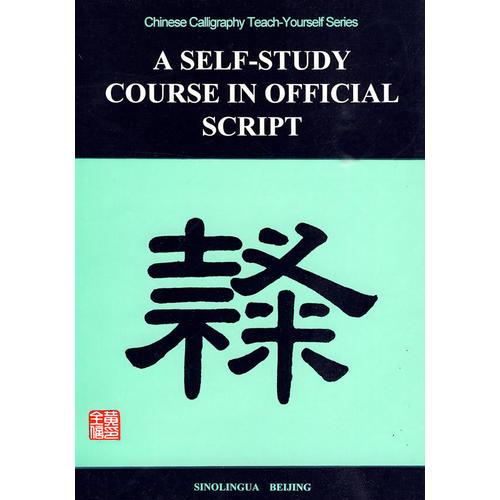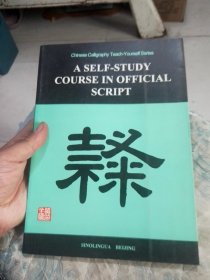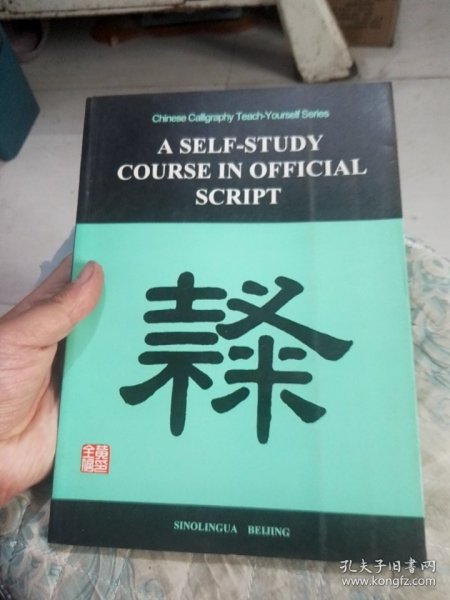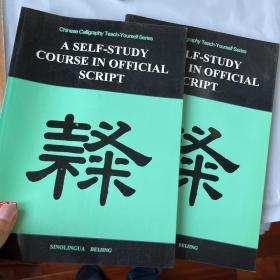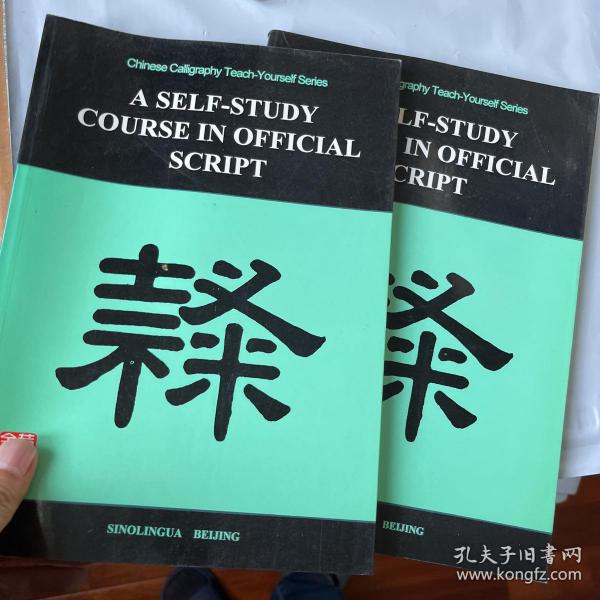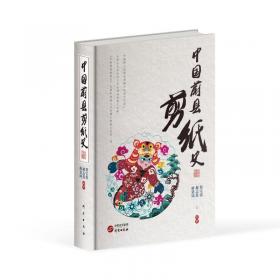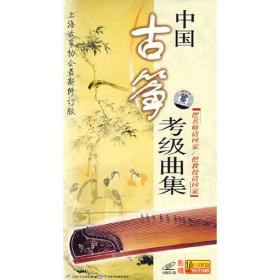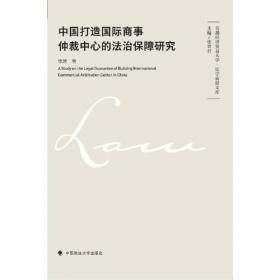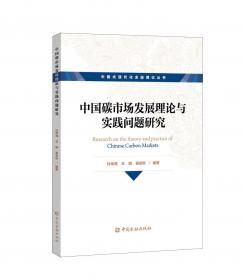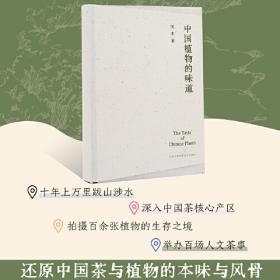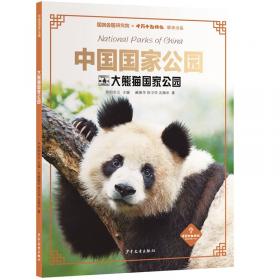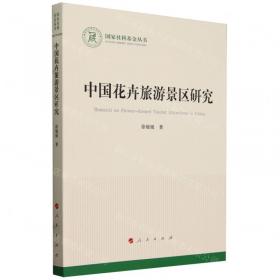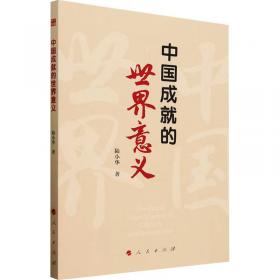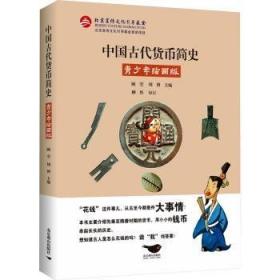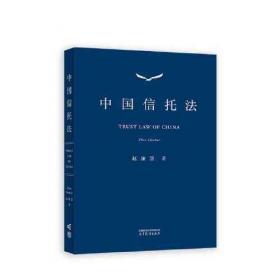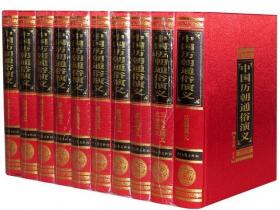中国书法自学丛书-隶书自学教程(汉英)
出版时间:
1998-01
版次:
1
ISBN:
9787800524554
定价:
35.00
装帧:
平装
开本:
16开
纸张:
胶版纸
页数:
152页
-
Chinese calligraphy, the core of the Oriental arts, reflects the temperament of the Chinese nation. The black and white, dots and lines are an expression of the spirits and images of Nature, reflecting a calligrapher's feelings and knowledge. Calligraphy's profound artistic essence lies in the combination of feeling and rationale, form and spirit, rich structure and vivid rhythm - a perfect balance between the form and the ideological content expressed in a character. Though devoid of color, calligraphy is variously colored as painting; and without sound, it contains melodies just like music.
Chinese calligraphy has a long history, ranging from the keeping of records by tying knots before Cang Jie invented writing, to the characters on earthenware discovered at Dawenkou and inscriptions on bones or tortoise shells of the Shang Dynasty (c. 16th-1 lth century BC). Like a long running river, Chinese calligraphy has evolved during thousands of years, characterized by simplicity and unsophistication in the Shang and Zhou dynasties (c. 16th century-221 BC),splendor in the Qin and Hart dynasties (221 BC-AD 220), graceful bearing in'the Wei and Jin dynasties (220-420), magnificence in the Sui and Tang dynasties (581-907), radiating vigor in the Song and Yuan dynasties (960-1368), prosperity in the Ming and Qing dynasties (1368-191 l) and grandeur in the current era.
Chinese characters fall into the following styles: regular, running, grass, official and seal scripts. Seal scripts may be divided into large and small characters; official scripts, into Qin and Hart styles; grass characters, into Zhang (cursive official), Jin (modem) and Kuang (wild) scripts; and regular characters, into Wei and Tang scripts. Chinese calligraphy not only reflects the character of individual calligrapher, but also presents the styles and flavors of different regions and eras.
China has always regarded calligraphy as the quintessence of Chinese culture and a nationaltreasure as well. Calligraphy is a required course at school and every educated person must study calligraphy. Chapter I Official Script
1. Origin and Development
2. Qin Official Script
3. Simplified Han Official Script
4. Han Official Script
Chapter II Techniques of Writing
1. Sitting Position
2. Standing Position
3. Holding the Brush
4. Movement of the Brush
Chapter III Strokes
1. Basic Strokes
2. Complex Strokes
3. The Changes of Strokes
4. The Order of Strokes
Chapter IV Radicals
1. Character's Head
2. Character's Bottom
3. Left Component
4. Right Component
5. Character's Frame
6. Changes
Chapter V Structure
1. Structural Forms
2. Outline of the Structure
3. The Laws of the Structure
4. The Characteristics of the Structure
5. Changes in the Structure
Chapter VI Tracing and Copying
1. Four-square Frame
2. Diagonal-marked Frame
3. Nine-square Frame
4. Two-square Frame
Chapter VII The Art of Composition
1. Various Forms of Scrolls
2. Text
……
-
内容简介:
Chinese calligraphy, the core of the Oriental arts, reflects the temperament of the Chinese nation. The black and white, dots and lines are an expression of the spirits and images of Nature, reflecting a calligrapher's feelings and knowledge. Calligraphy's profound artistic essence lies in the combination of feeling and rationale, form and spirit, rich structure and vivid rhythm - a perfect balance between the form and the ideological content expressed in a character. Though devoid of color, calligraphy is variously colored as painting; and without sound, it contains melodies just like music.
Chinese calligraphy has a long history, ranging from the keeping of records by tying knots before Cang Jie invented writing, to the characters on earthenware discovered at Dawenkou and inscriptions on bones or tortoise shells of the Shang Dynasty (c. 16th-1 lth century BC). Like a long running river, Chinese calligraphy has evolved during thousands of years, characterized by simplicity and unsophistication in the Shang and Zhou dynasties (c. 16th century-221 BC),splendor in the Qin and Hart dynasties (221 BC-AD 220), graceful bearing in'the Wei and Jin dynasties (220-420), magnificence in the Sui and Tang dynasties (581-907), radiating vigor in the Song and Yuan dynasties (960-1368), prosperity in the Ming and Qing dynasties (1368-191 l) and grandeur in the current era.
Chinese characters fall into the following styles: regular, running, grass, official and seal scripts. Seal scripts may be divided into large and small characters; official scripts, into Qin and Hart styles; grass characters, into Zhang (cursive official), Jin (modem) and Kuang (wild) scripts; and regular characters, into Wei and Tang scripts. Chinese calligraphy not only reflects the character of individual calligrapher, but also presents the styles and flavors of different regions and eras.
China has always regarded calligraphy as the quintessence of Chinese culture and a nationaltreasure as well. Calligraphy is a required course at school and every educated person must study calligraphy.
-
目录:
Chapter I Official Script
1. Origin and Development
2. Qin Official Script
3. Simplified Han Official Script
4. Han Official Script
Chapter II Techniques of Writing
1. Sitting Position
2. Standing Position
3. Holding the Brush
4. Movement of the Brush
Chapter III Strokes
1. Basic Strokes
2. Complex Strokes
3. The Changes of Strokes
4. The Order of Strokes
Chapter IV Radicals
1. Character's Head
2. Character's Bottom
3. Left Component
4. Right Component
5. Character's Frame
6. Changes
Chapter V Structure
1. Structural Forms
2. Outline of the Structure
3. The Laws of the Structure
4. The Characteristics of the Structure
5. Changes in the Structure
Chapter VI Tracing and Copying
1. Four-square Frame
2. Diagonal-marked Frame
3. Nine-square Frame
4. Two-square Frame
Chapter VII The Art of Composition
1. Various Forms of Scrolls
2. Text
……
查看详情
-
八五品
河南省开封市
平均发货6小时
成功完成率96.7%
-
八品
广东省汕头市
平均发货10小时
成功完成率95.35%
-
八品
安徽省合肥市
平均发货11小时
成功完成率96.36%
-
九品
山东省济南市
平均发货16小时
成功完成率89.9%
-
八品
河南省开封市
平均发货12小时
成功完成率96.74%
-
九品
山东省菏泽市
平均发货7小时
成功完成率97.2%
-
八五品
北京市丰台区
平均发货32小时
成功完成率77.04%
-
八五品
河北省衡水市
平均发货6小时
成功完成率97.57%
-
九品
江苏省南京市
平均发货18小时
成功完成率100%

 占位居中
占位居中

